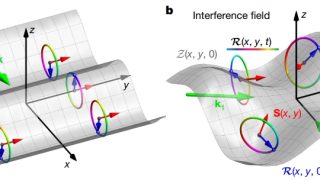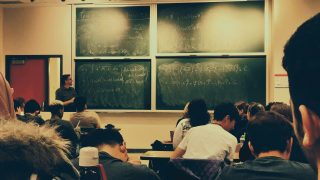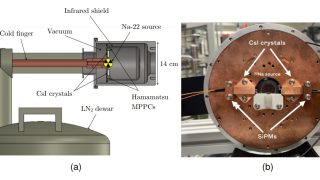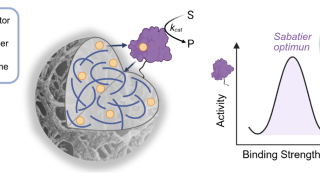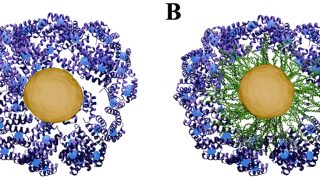
Numerical relativity and the biggest questions about the Universe
We’re often told it is “unscientific” or “meaningless” to ask what happened before the Big Bang. But a new paper by cosmologist Eugene Lim, of King’s College London, UK, and astrophysicists Katy Clough, of Queen Mary University of London, UK, and Josu Aurrekoetxea, at Oxford University, UK, proposes a way forward: using complex computer simulations […]

